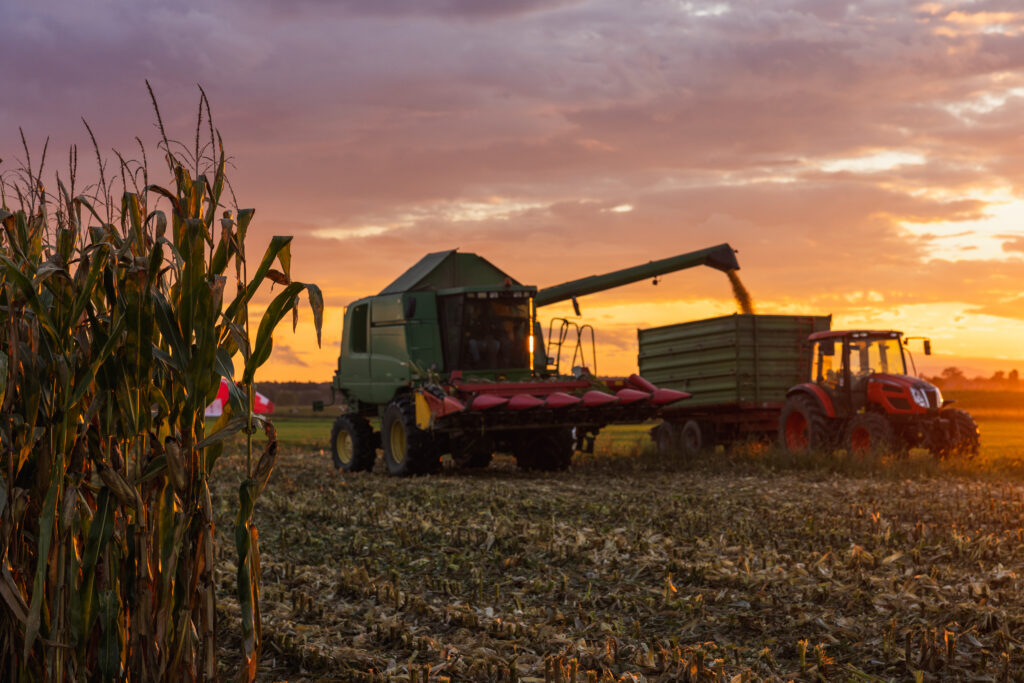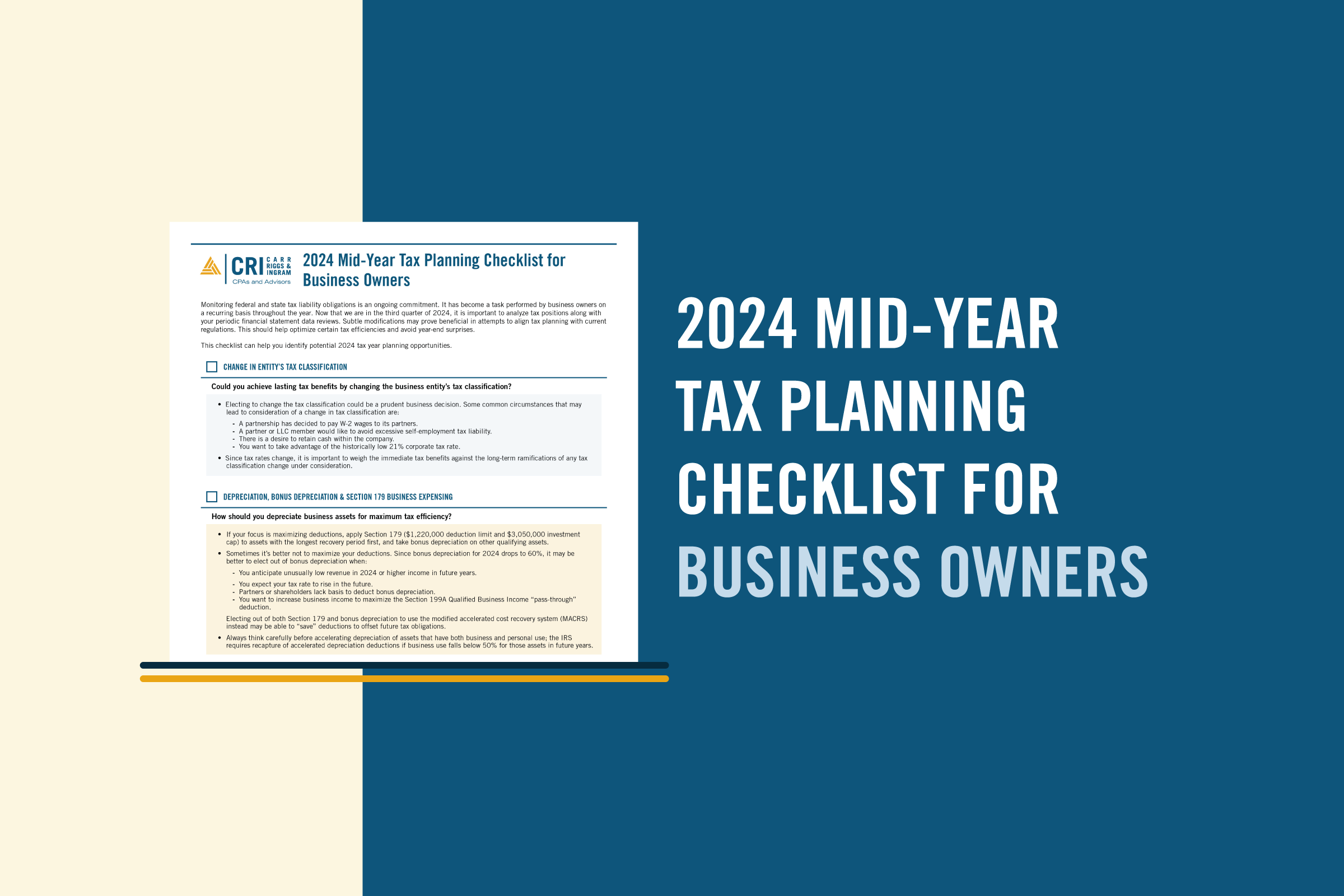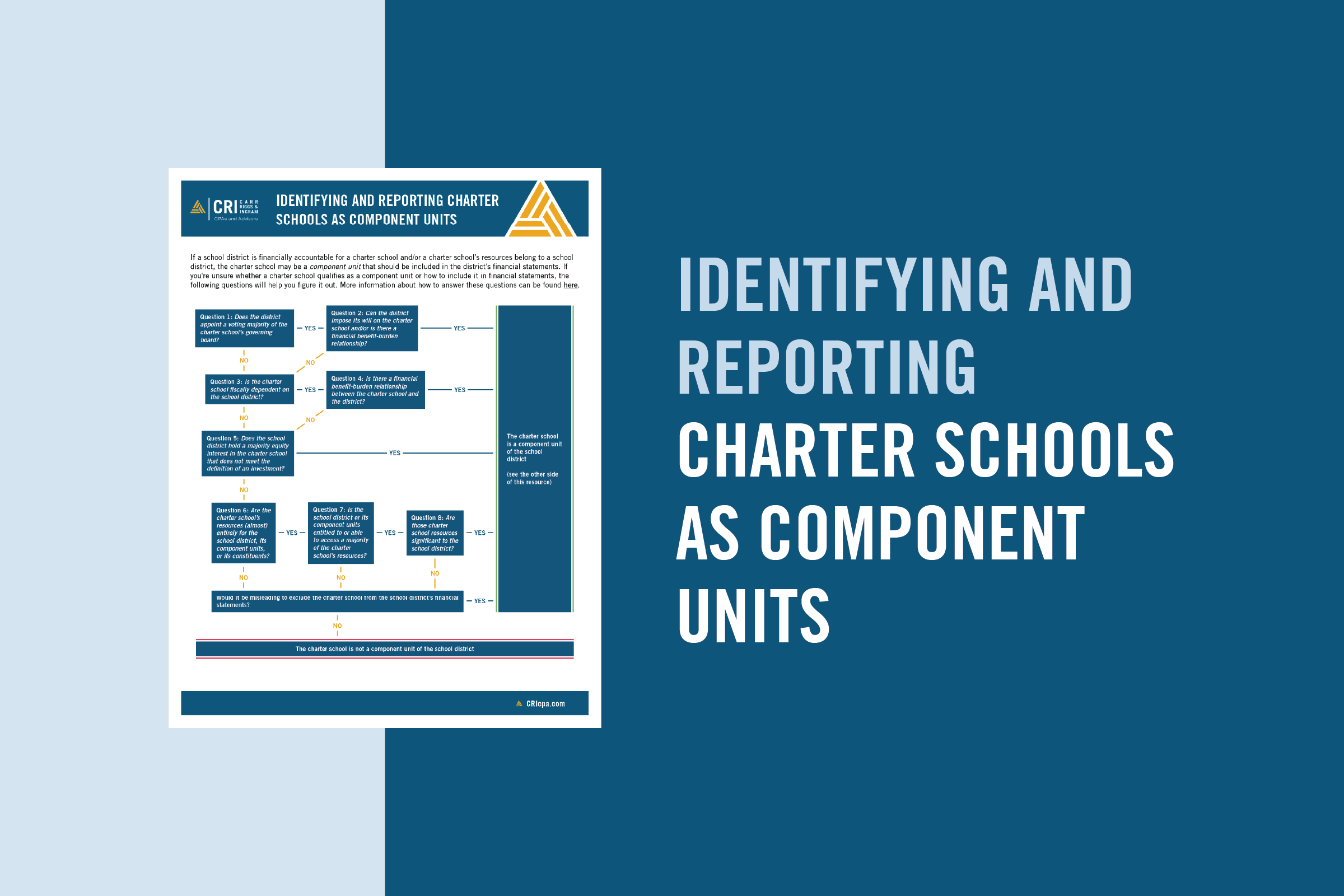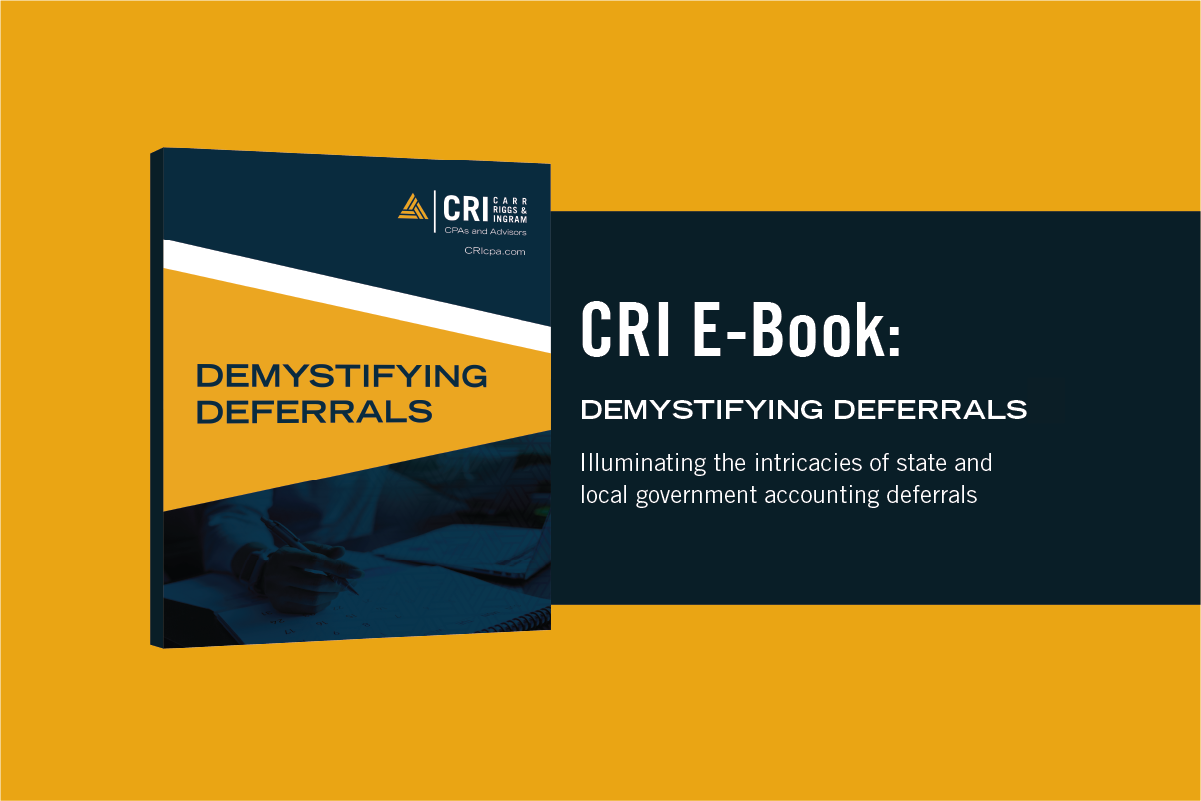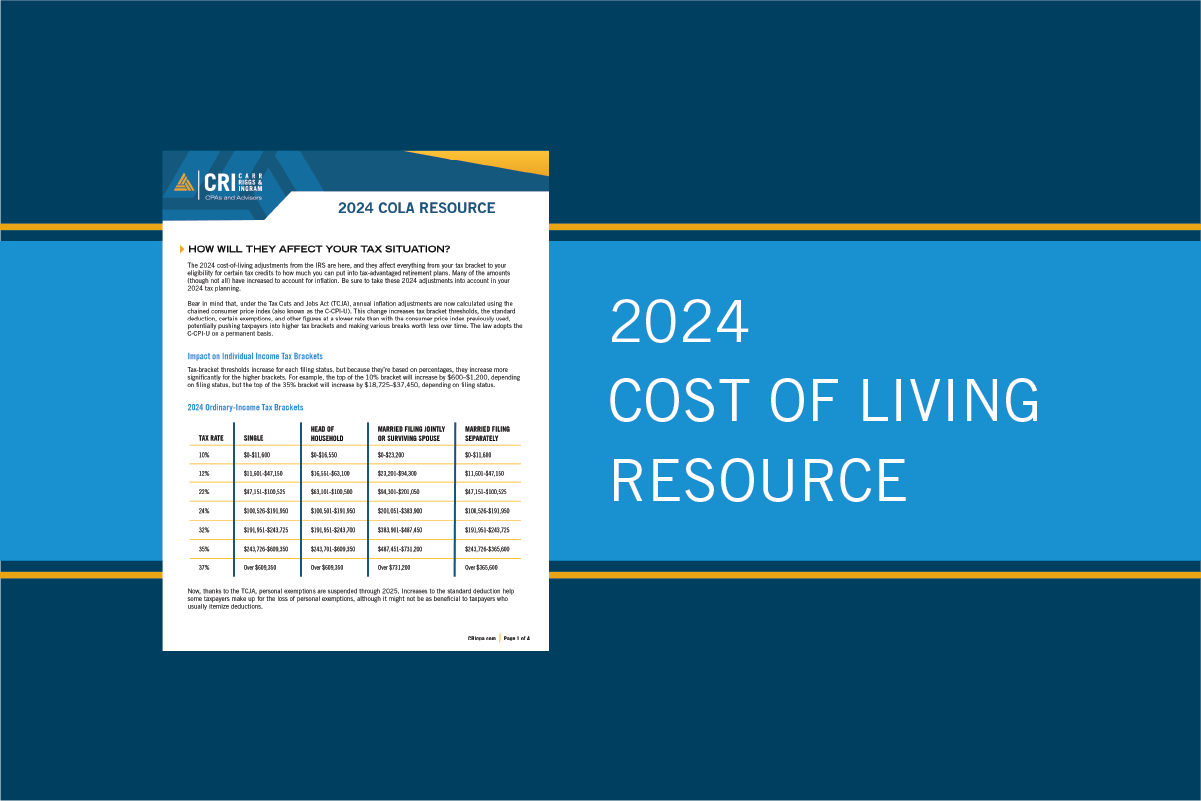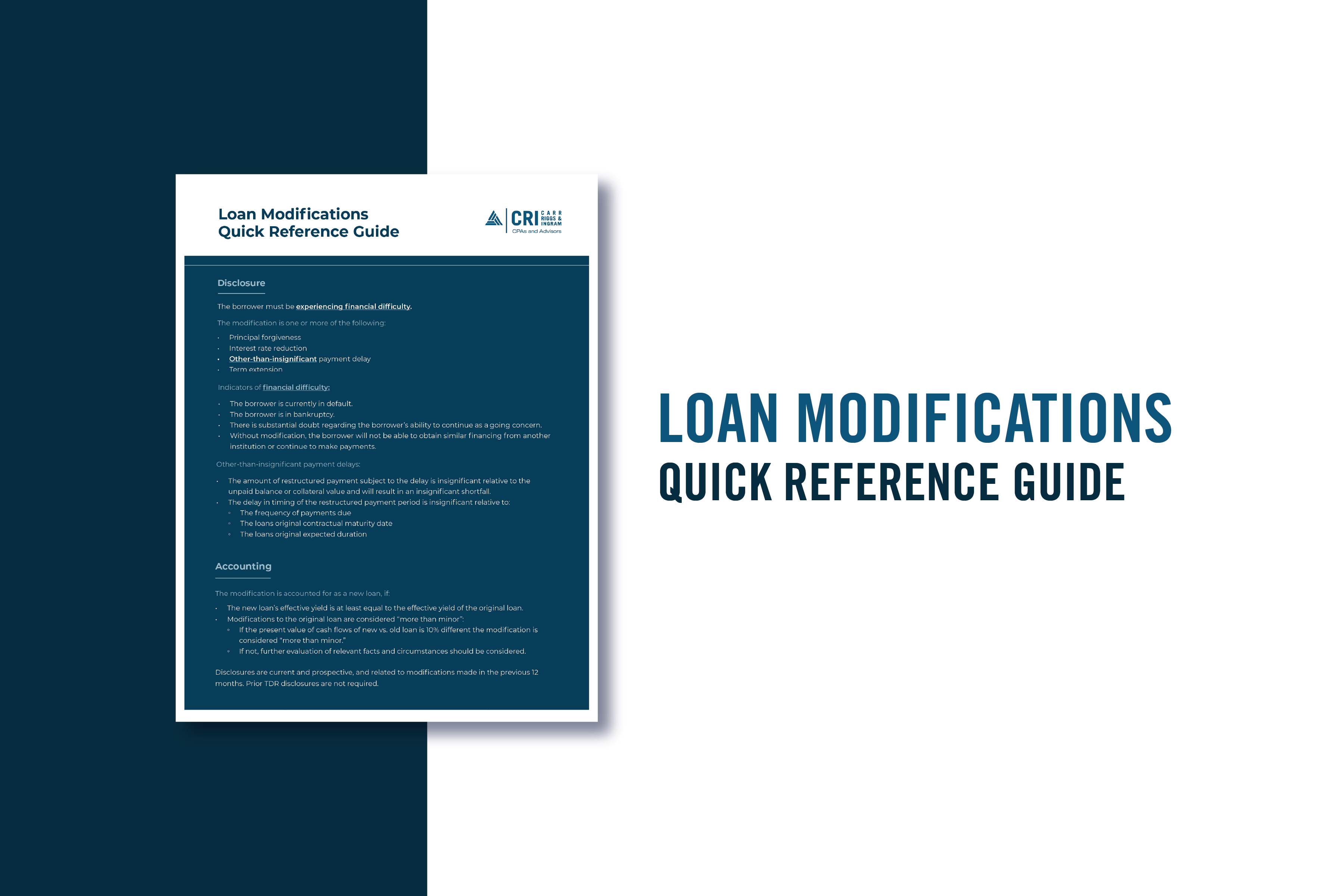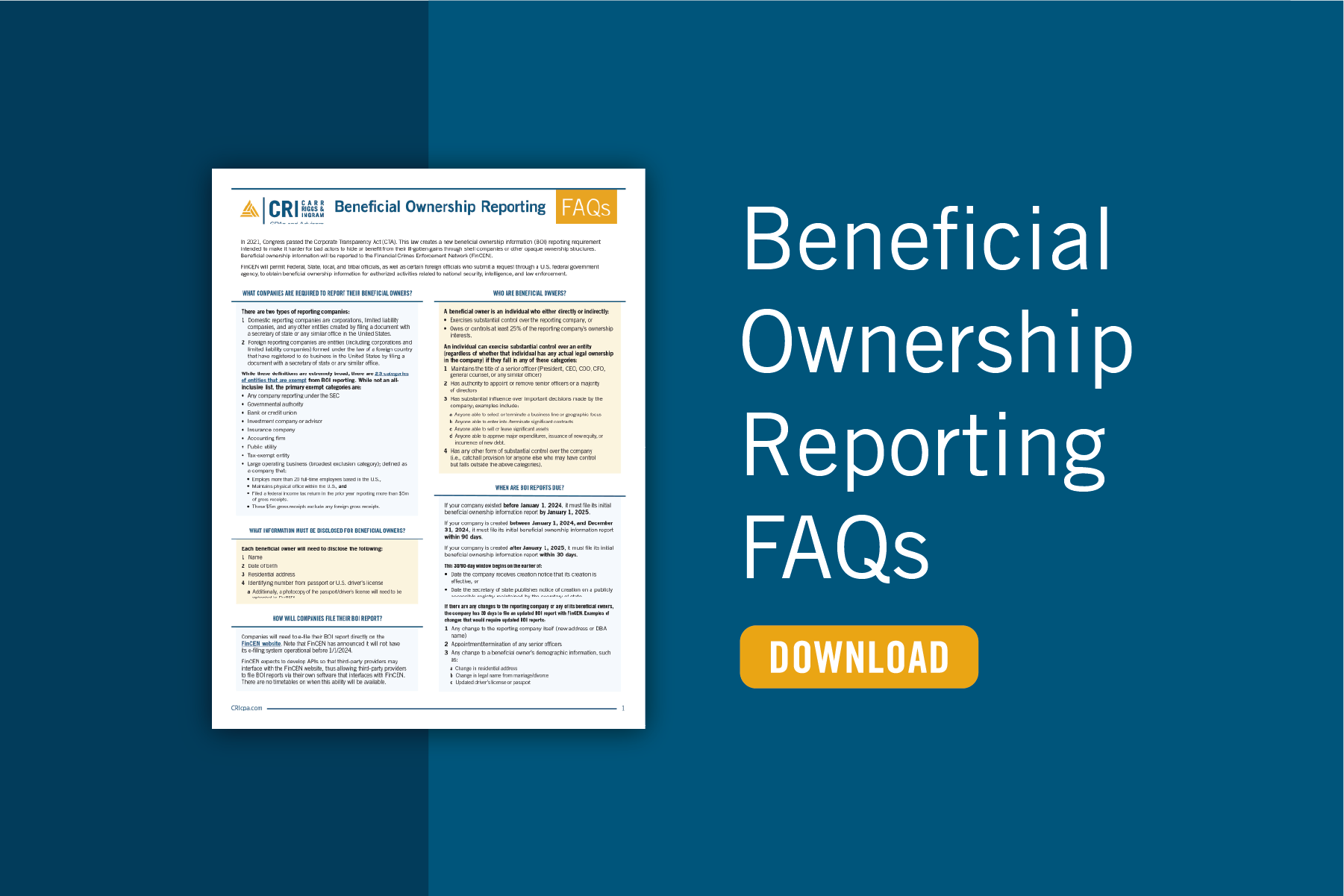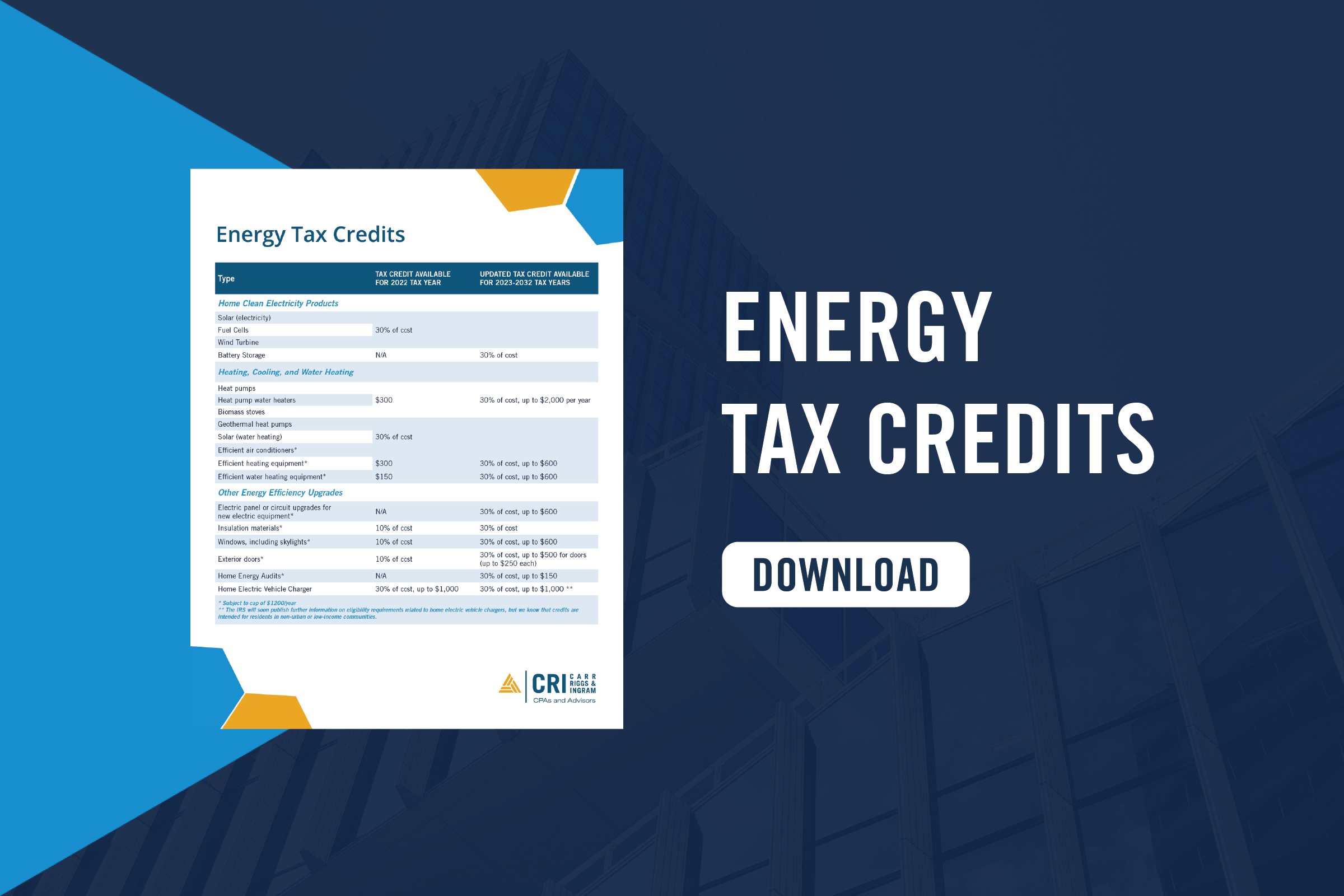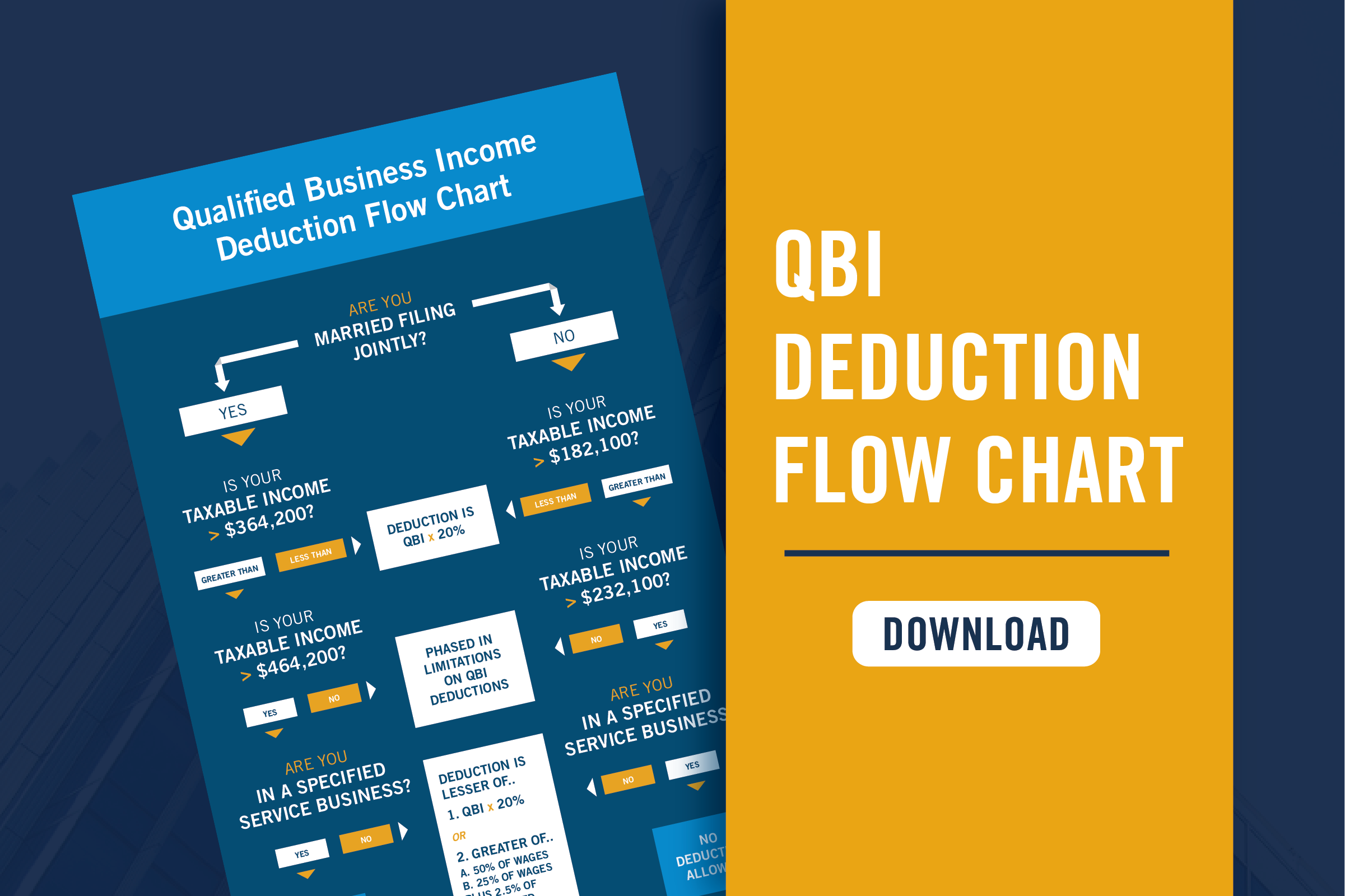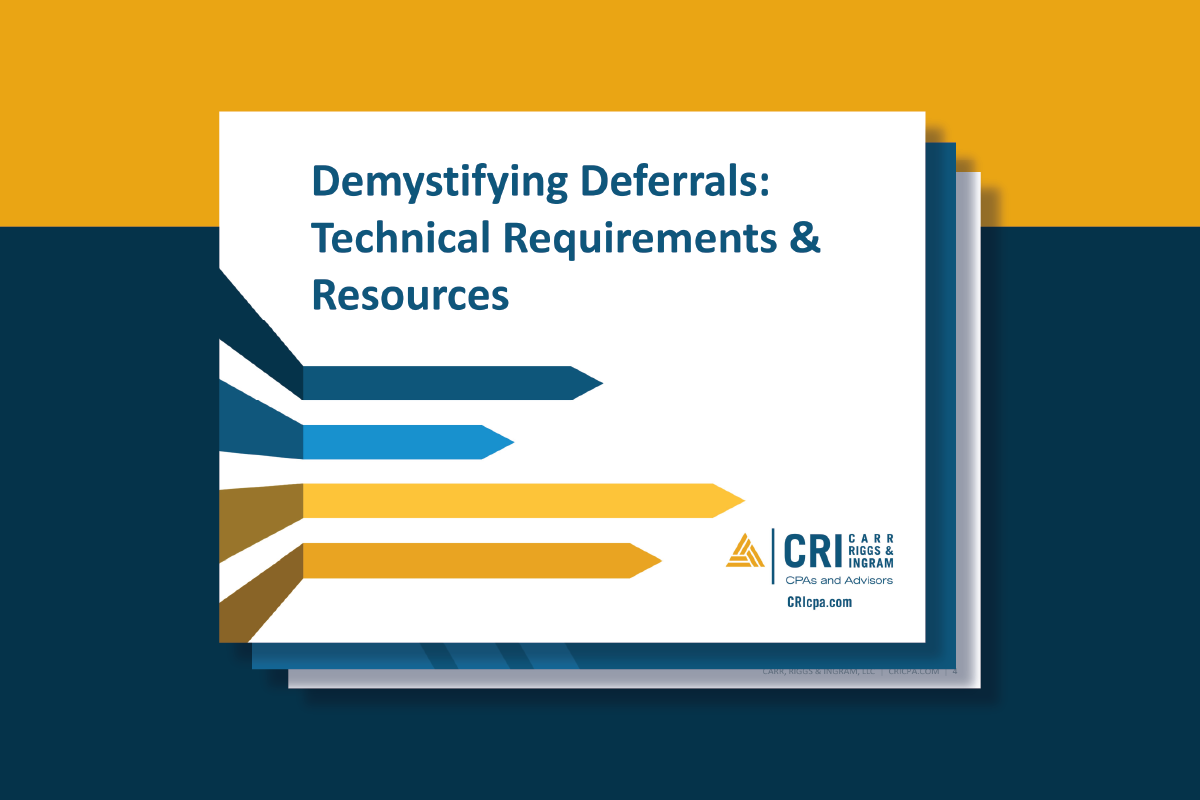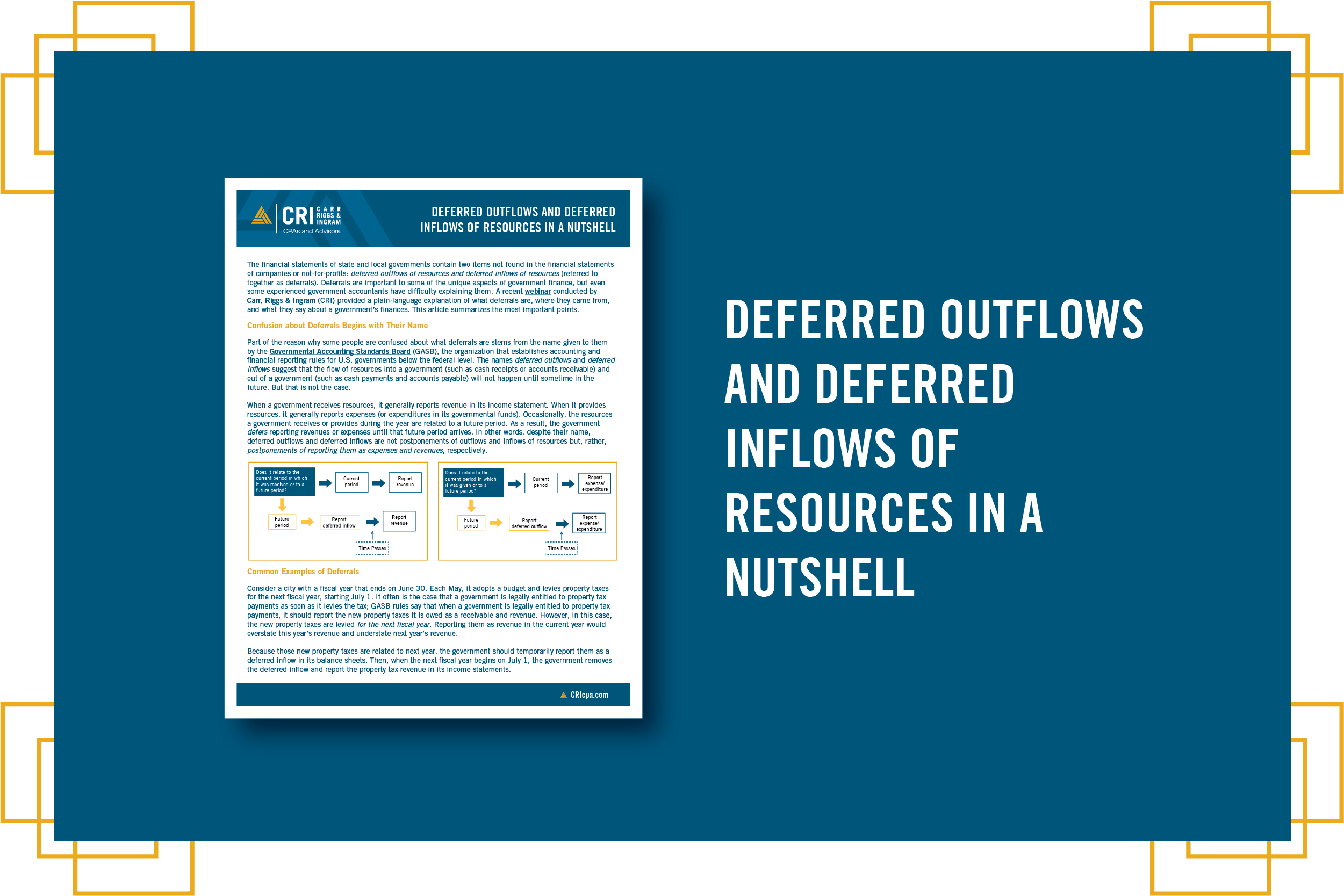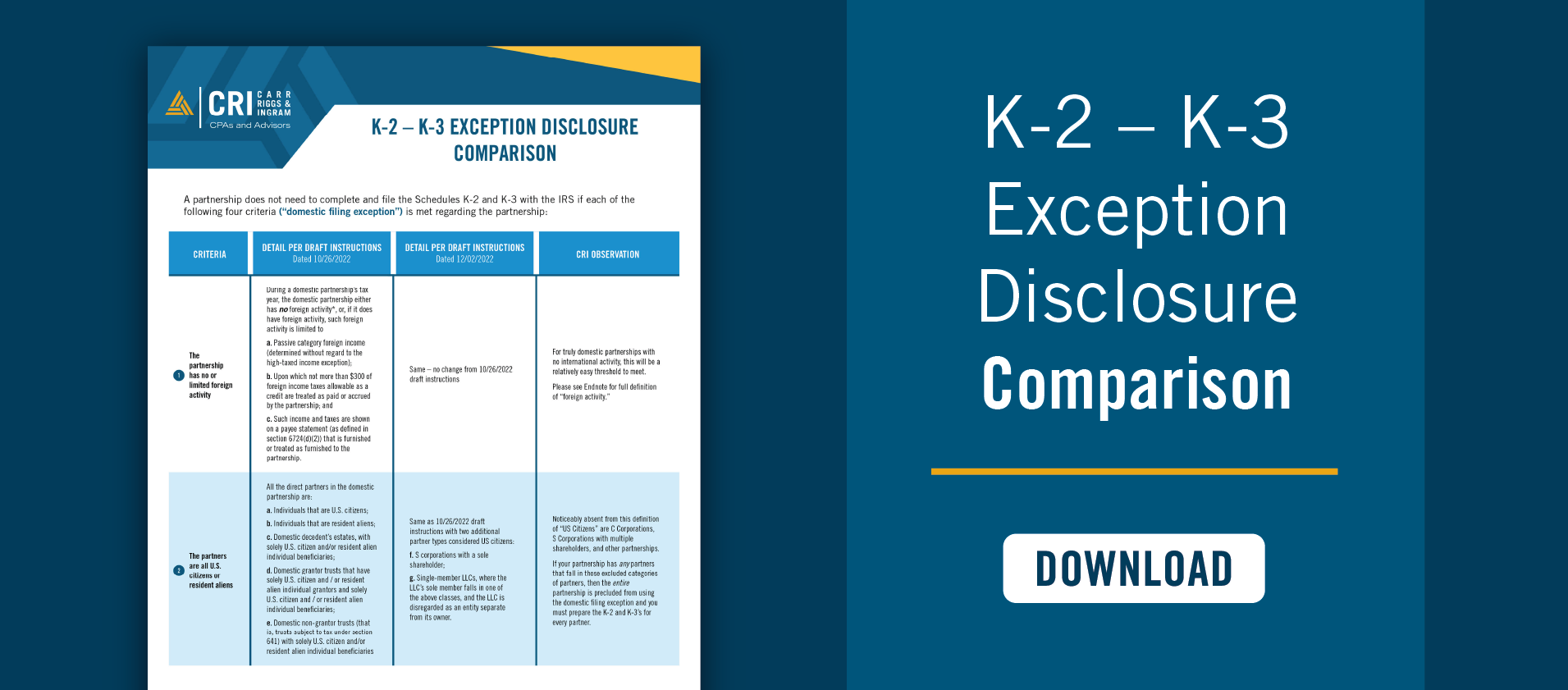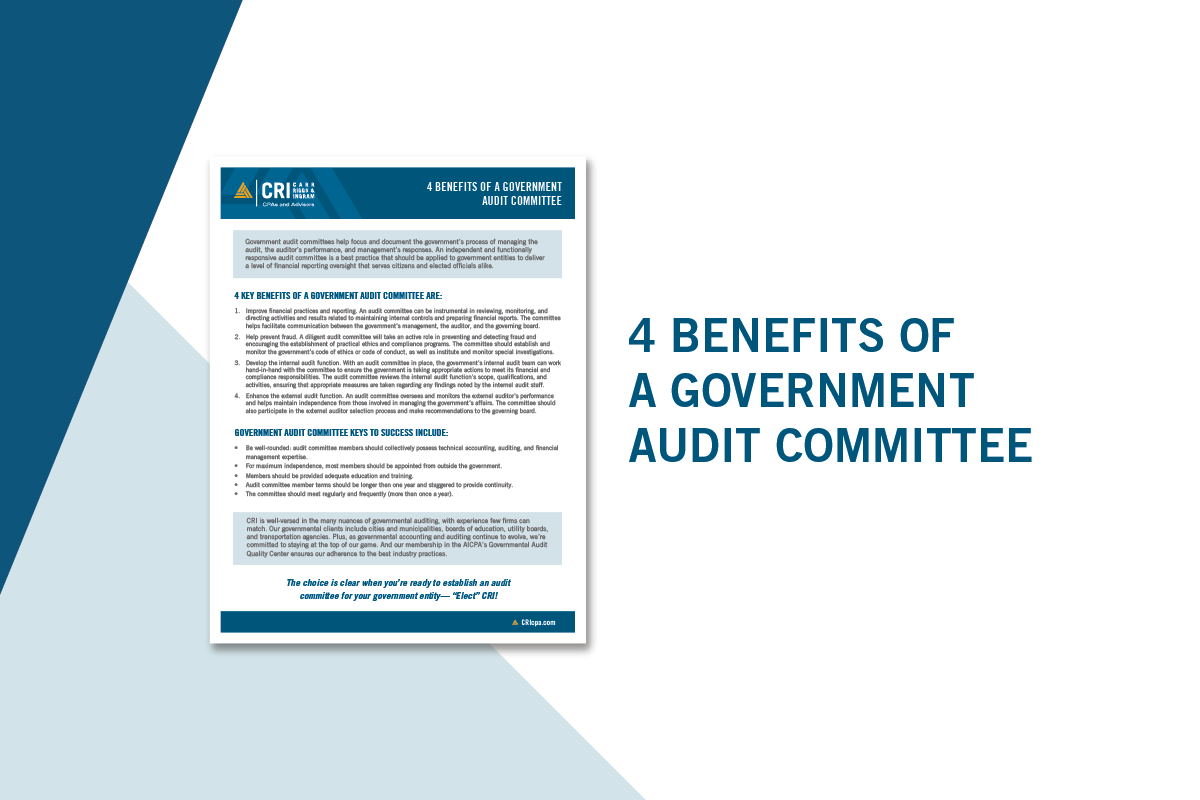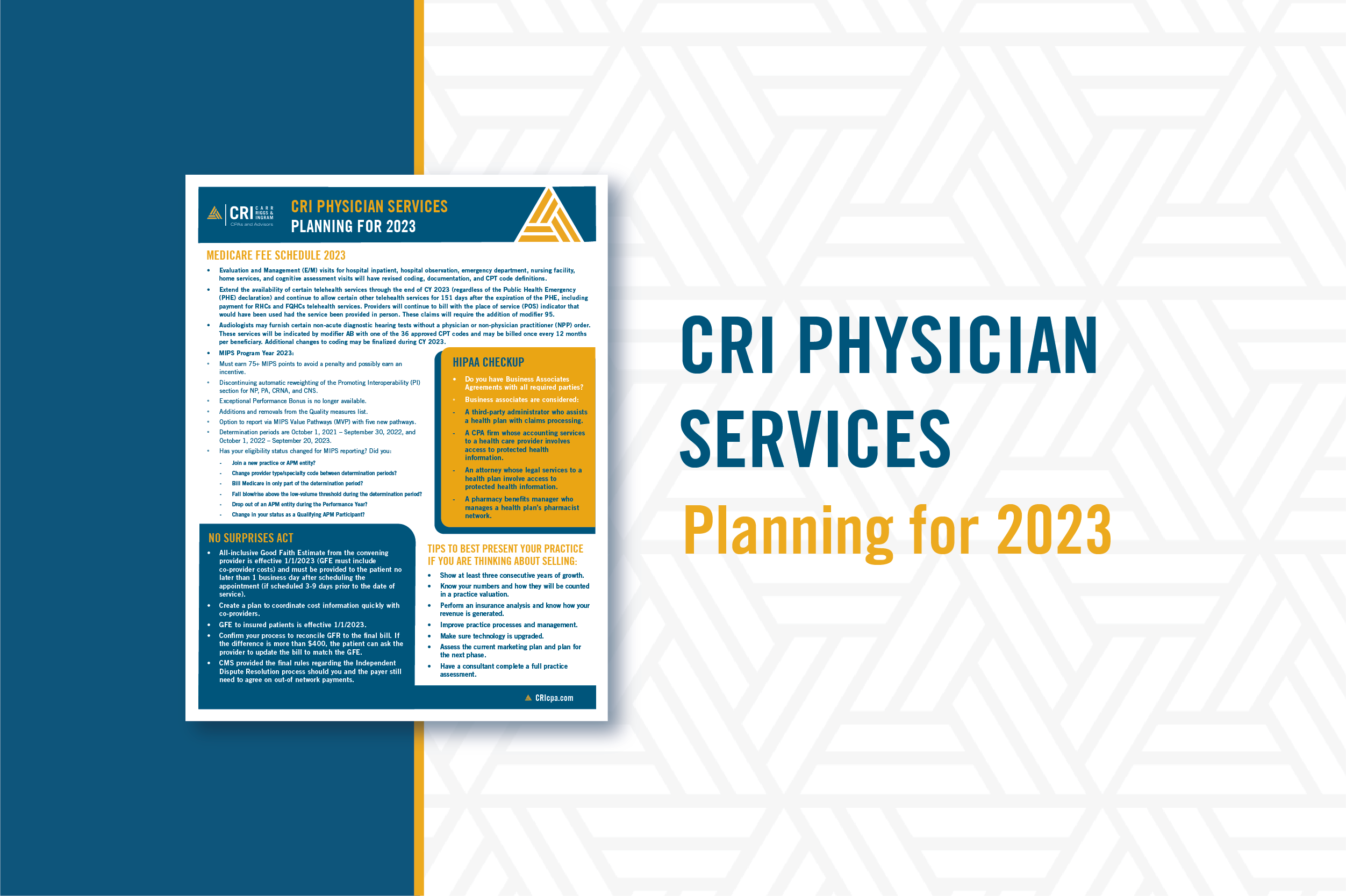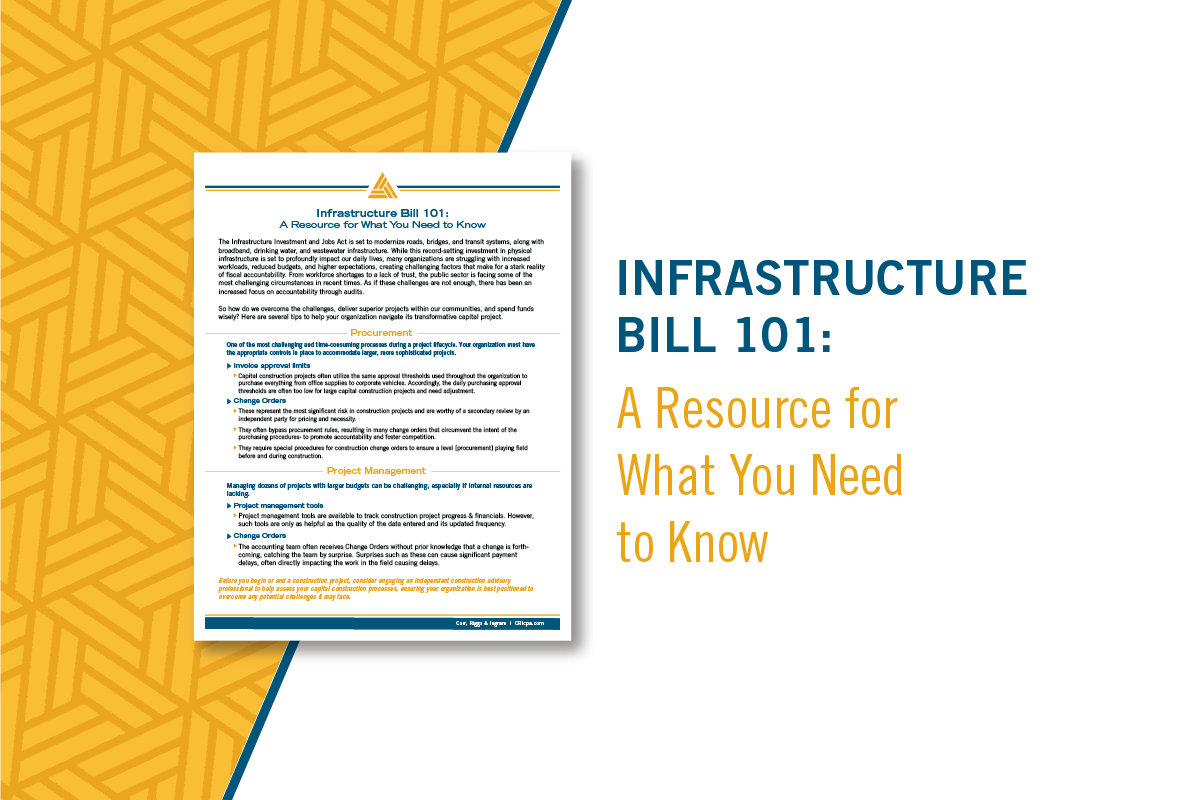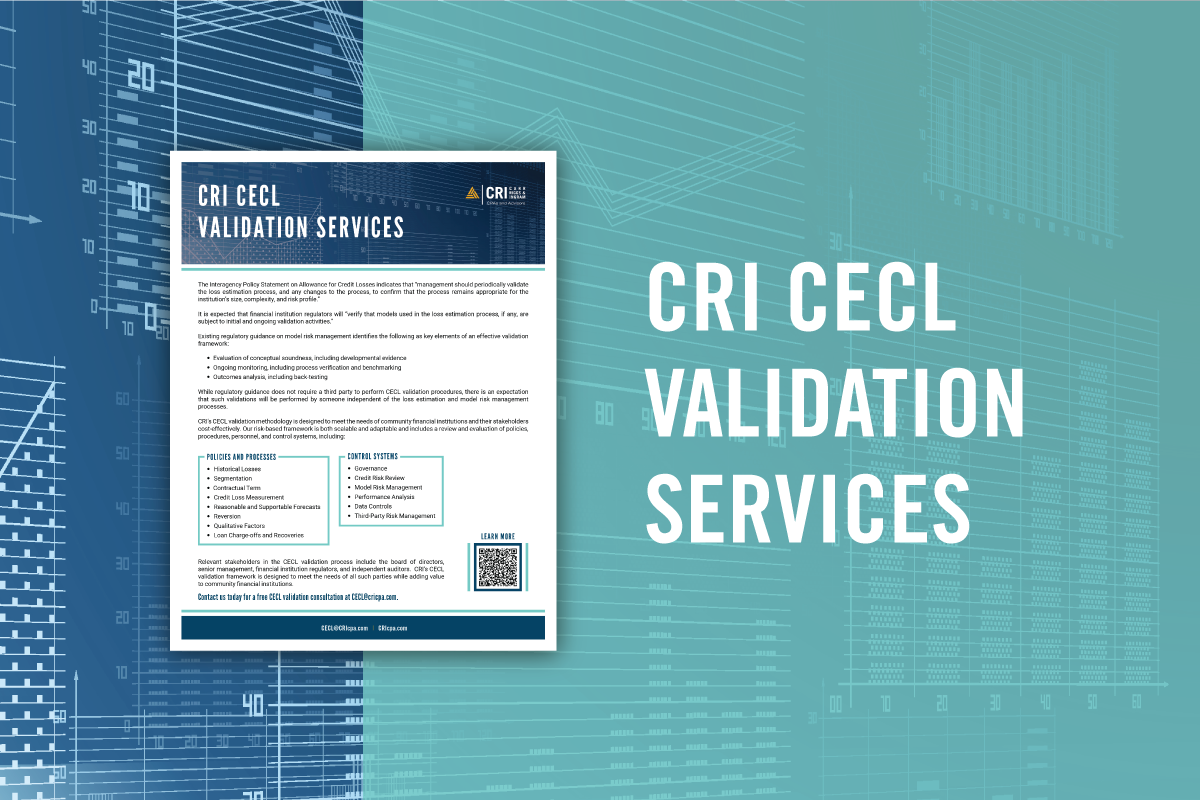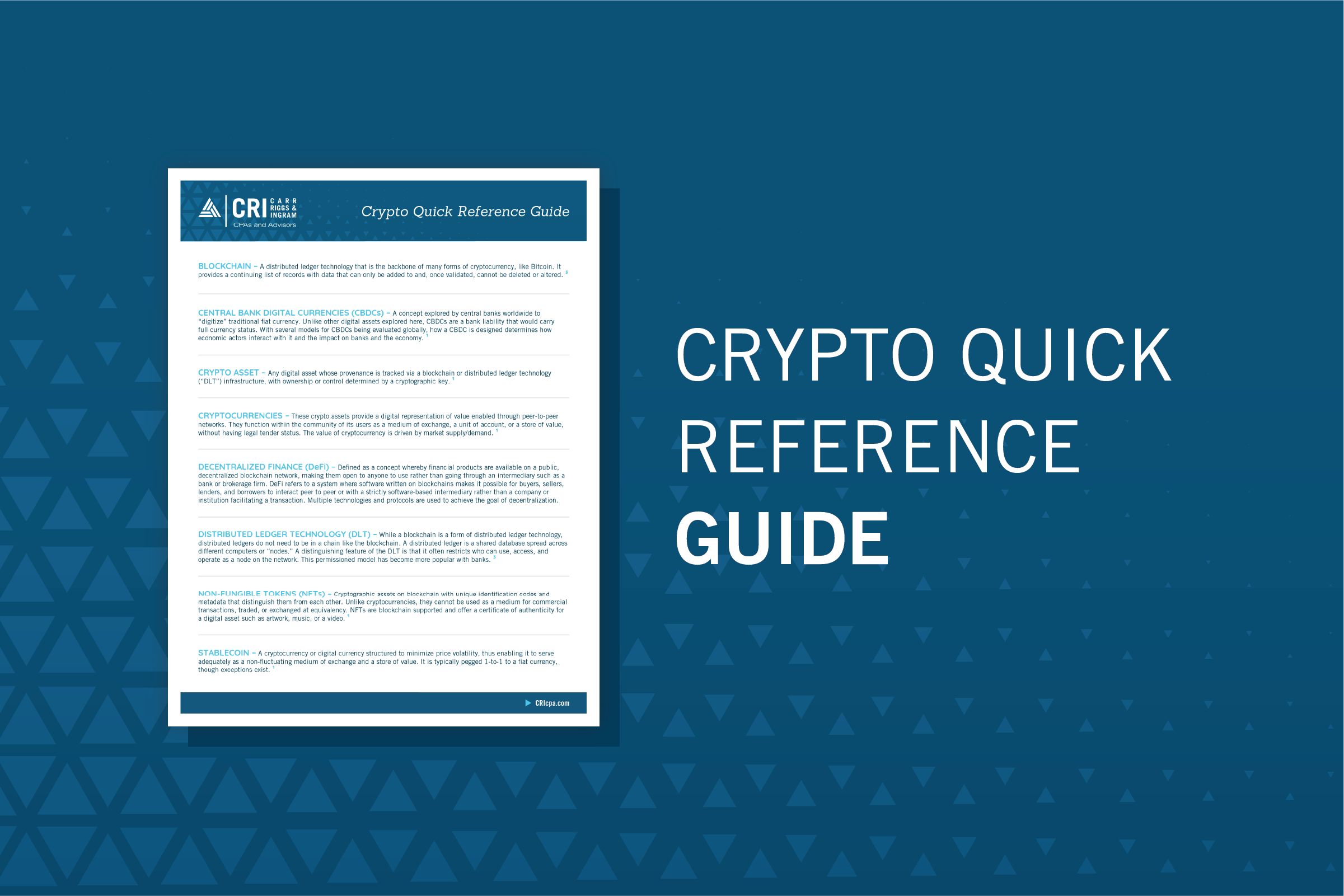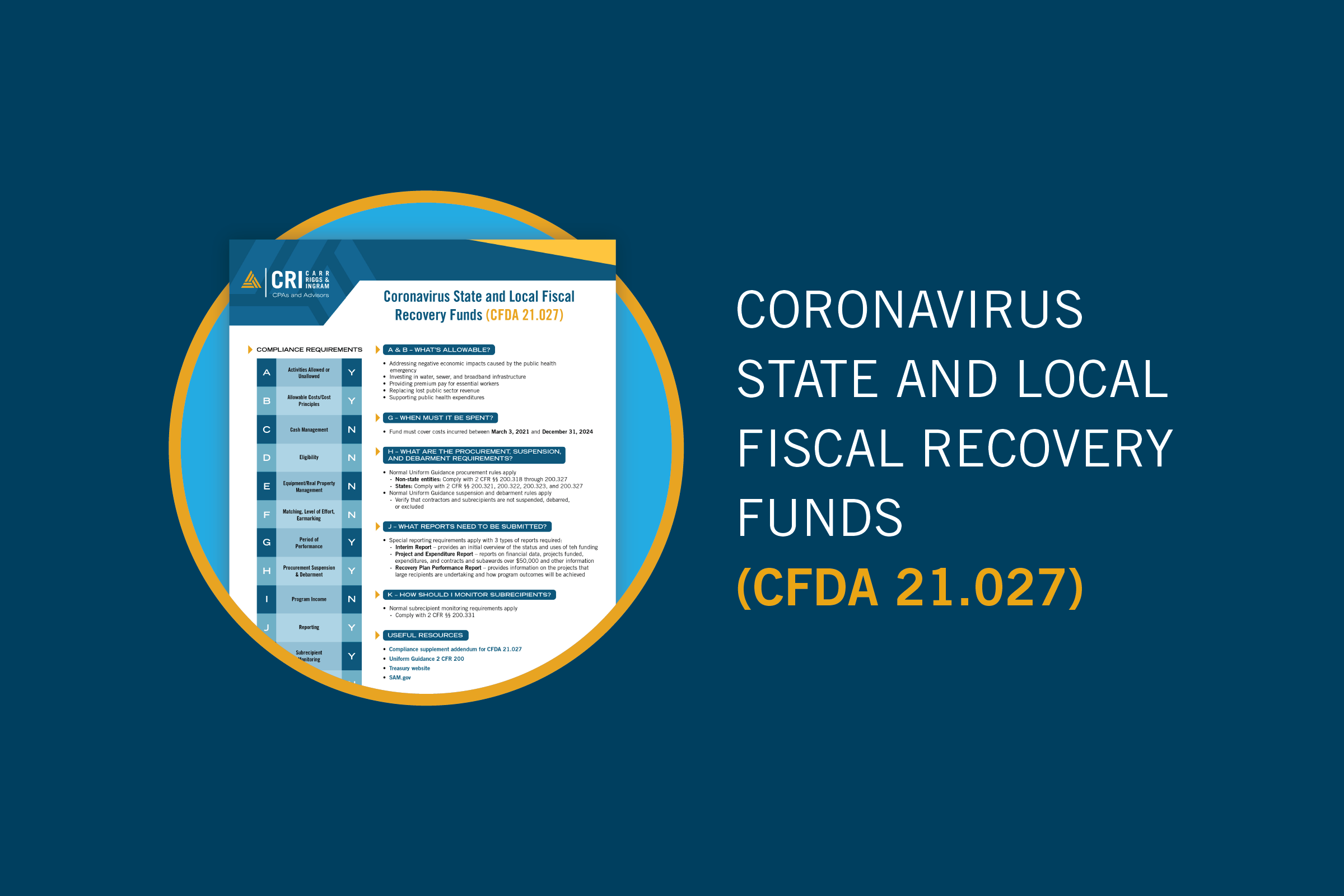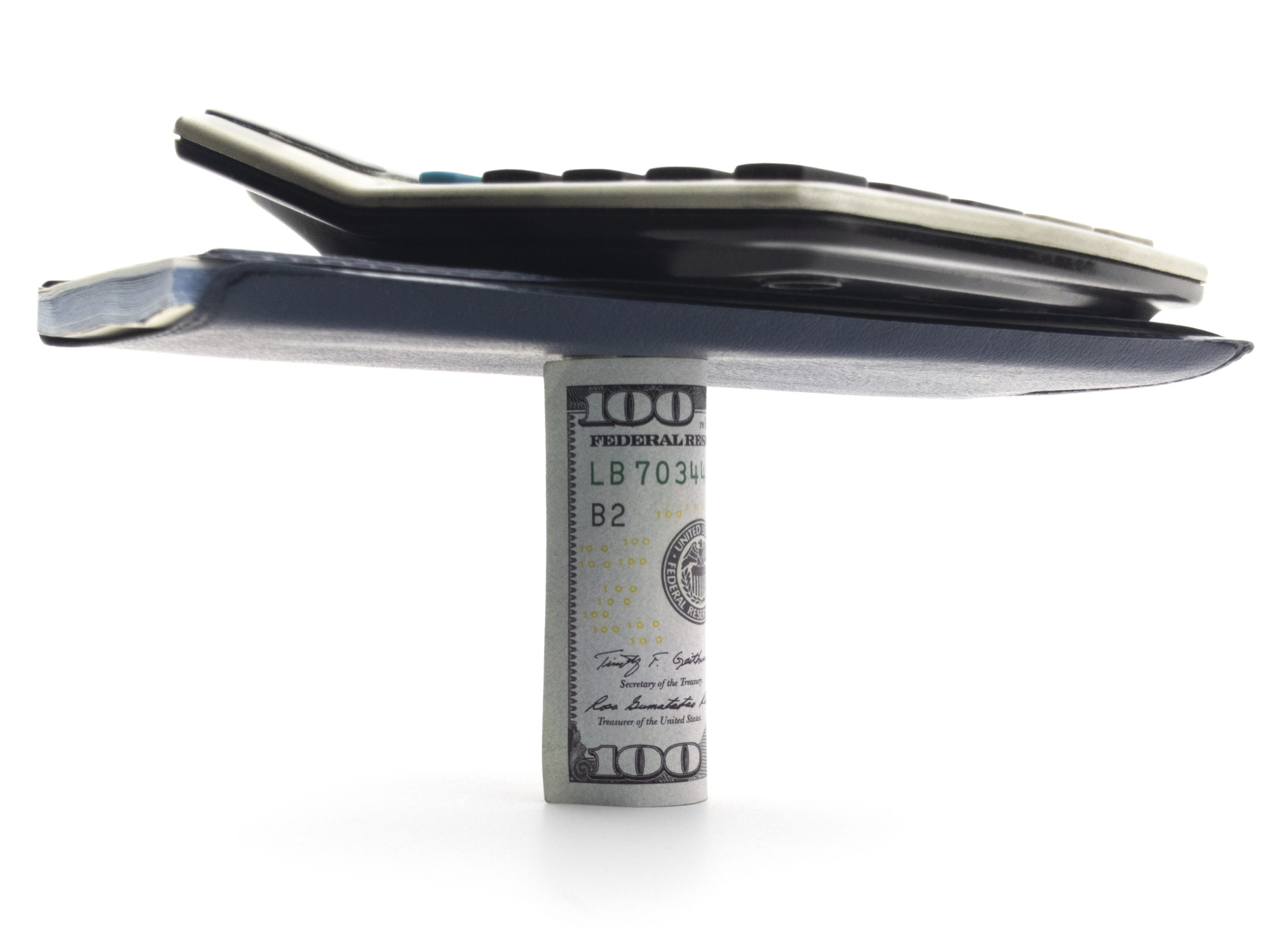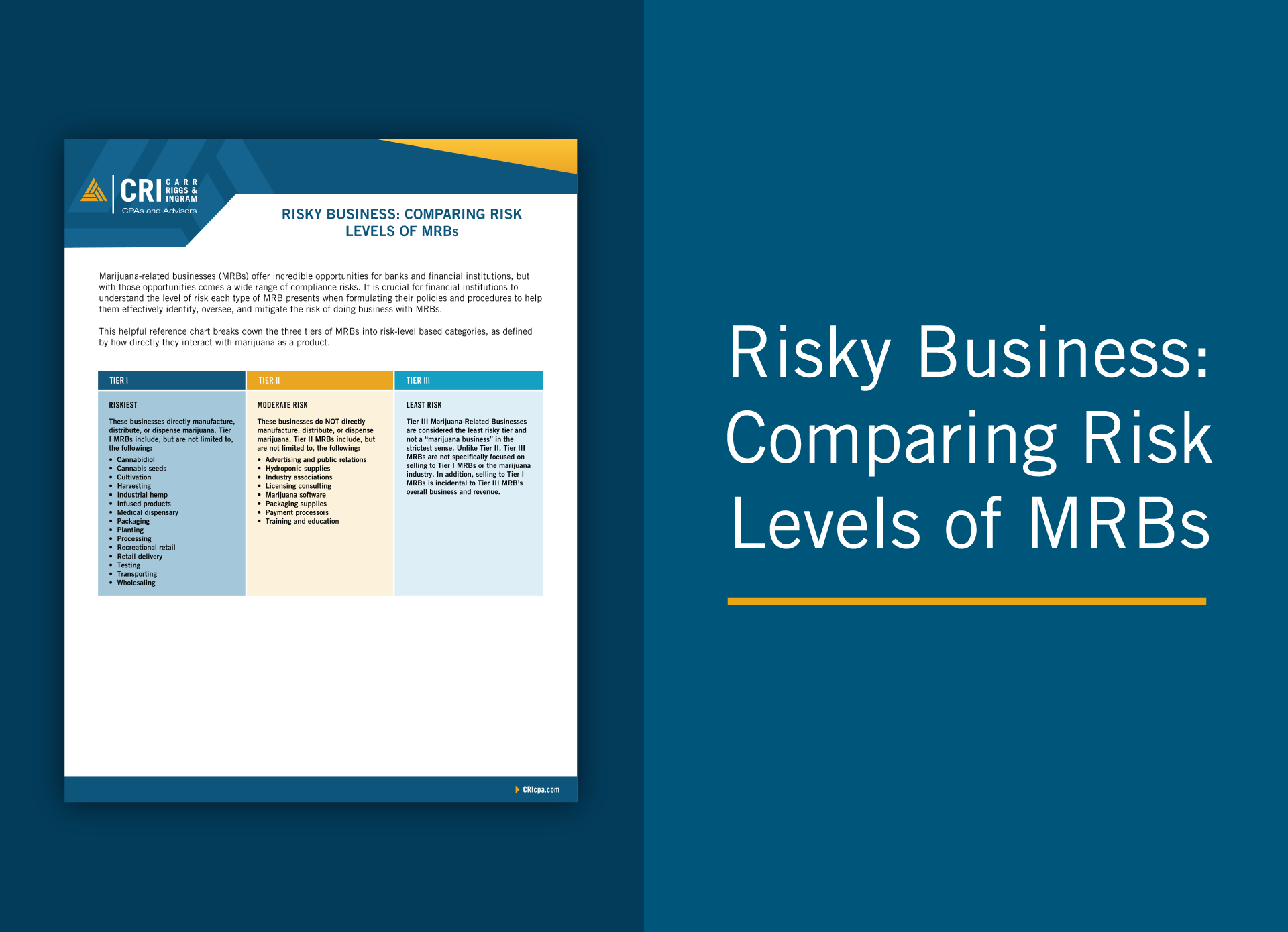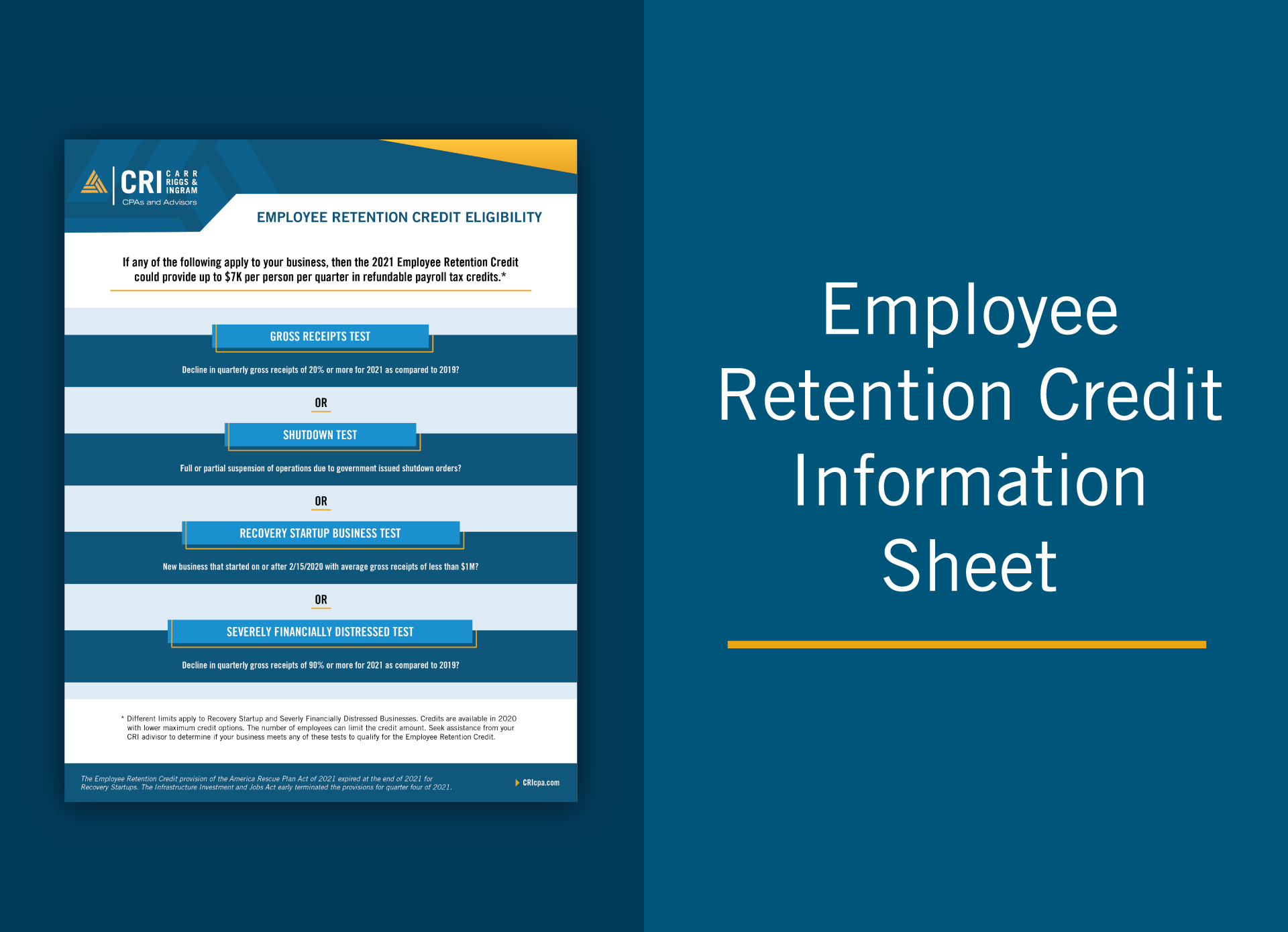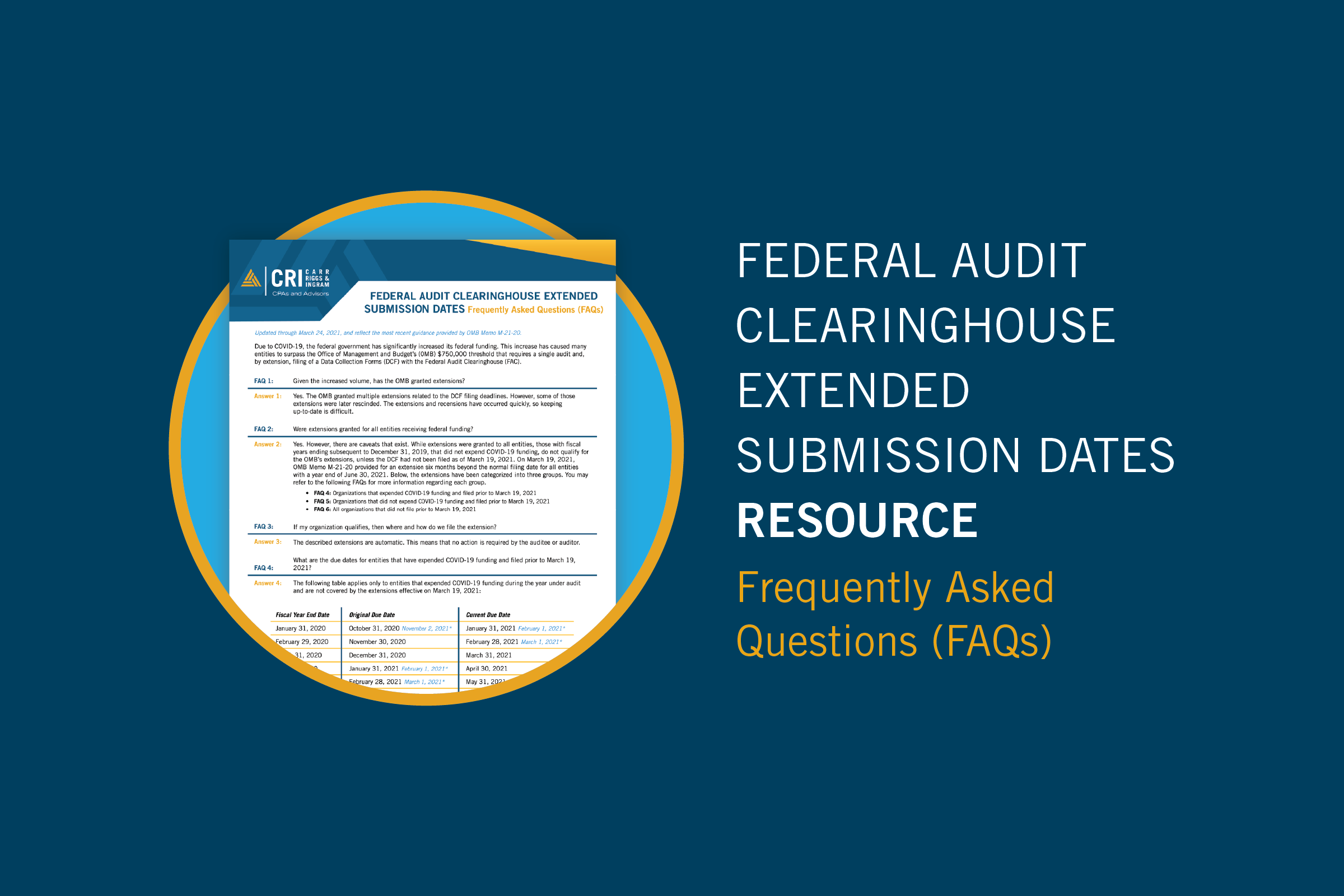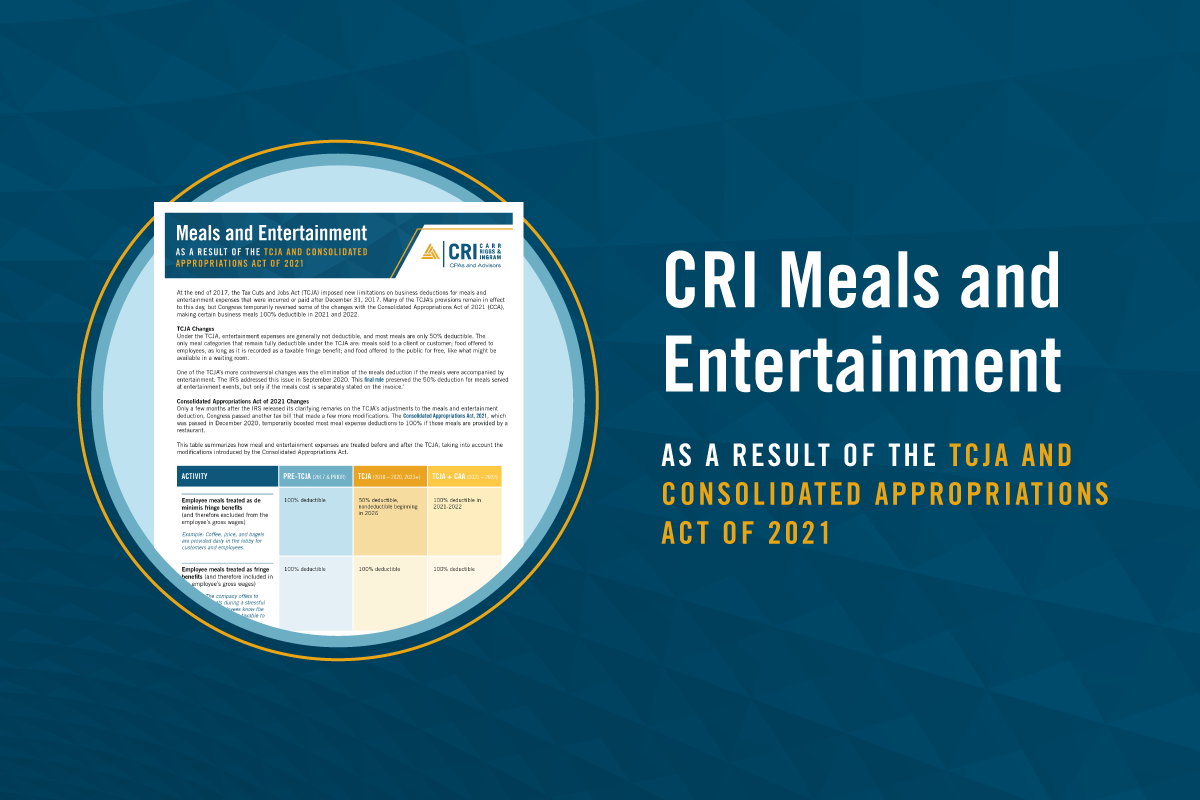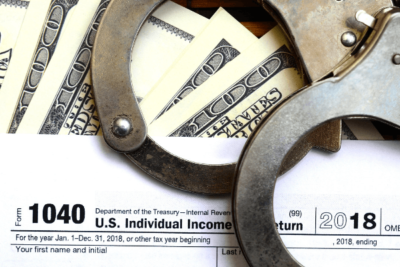Harvesting Value: The Role of Bonus Depreciation in Enhancing Agricultural Investments
- Contributor
- Amy G. Hightower
Apr 26, 2024
Agriculture is a cornerstone of our economy, uniquely supported by the government through targeted tax incentives. One such incentive, bonus depreciation, is a game-changer for all businesses, especially those in the diverse farming industries. From 2023 to 2026, this benefit extends to every sector within agriculture, even those previously excluded, providing accelerated depreciation benefits.
Depreciation Dynamics
Depreciation is a crucial accounting strategy that allows businesses to distribute the cost of an asset over its operational lifespan, taking into account the asset's wear and tear. This method helps businesses recover their investment efficiently and offers significant tax relief by permitting a substantial deduction of the asset's cost in the year it is acquired rather than elongating it across its useful life.
The Tax Cuts and Jobs Act (TCJA), introduced in 2017, enhanced this benefit through bonus depreciation. Initially, this provision enabled businesses to claim a full 100% depreciation for eligible assets through the end of 2022. However, starting in 2023, the bonus depreciation rate began to taper off according to a predefined schedule, reducing the immediate deductibility and gradually phasing it out, following this schedule:
- 80% for property placed in service in 2023
- 60% for property placed in service in 2024
- 40% for property placed in service in 2025
- 20% for property placed in service in 2026
- Phasing out to 0% for property placed in service in 2027 and beyond
For the farming community, the TCJA also includes specific provisions for bonus depreciation related to certain plants—such as fruits, nuts, and vines—that are essential to their operations, set to expire in 2026. This article aims to shed light on bonus depreciation and its advantageous impact on all businesses, particularly in the agricultural sector.
Legislative Developments and State Conformity
Recent legislative developments indicate a growing interest in extending these benefits, with one proposal to extend the 100% bonus depreciation successfully passing the House this year. While this extension could further support the agricultural sector if enacted, businesses should stay informed as tax policies evolve.
Additionally, it is essential to recognize that most states do not conform to federal bonus depreciation rules, leading to differences in federal and state taxable income. This disparity can complicate financial planning and tax obligations, underscoring the importance of consulting with tax professionals well-versed in federal and state tax regulations.
Critical Aspects of Depreciation for Farmers
Commencement and Conclusion of Depreciation: Generally, depreciation starts when an asset is placed in service within a trade or business. For specified plants, such as fruits, nuts, or vines, this traditionally meant waiting until the plant began producing income. However, for tax years 2017-2026, these plants are considered placed in service upon planting—a significant acceleration that facilitates immediate depreciation.
Making the Most of the Election for Specified Plants: Under Internal Revenue Code §168(k)(5), farmers have the option to treat specified plants as placed in service upon purchase. This election is made by attaching a statement to a timely-filed tax return indicating the election under this specific code section and identifying the selected plants.
What’s To Come
The window for accelerated depreciation is open until 2026, presenting a time-sensitive opportunity for farmers. While the full benefit of bonus depreciation is gradually decreasing, the ability to claim 80% in 2023 remains highly advantageous, boosting cash flow and reducing tax liabilities. This provision offers immediate financial relief and encourages investment in new equipment and technology, which are crucial for maintaining competitiveness and efficiency in today's agricultural landscape.
Ensuring the agricultural community flourishes under these beneficial tax provisions is crucial, whether it involves strategizing for future investments or enhancing current operations. Reach out to your CRI advisor today to embark on a journey of optimized financial health and strategic planning. We are dedicated to navigating our clients through these opportunities, empowering them to fully leverage their benefits amidst the tax regulation landscape's complexities.
